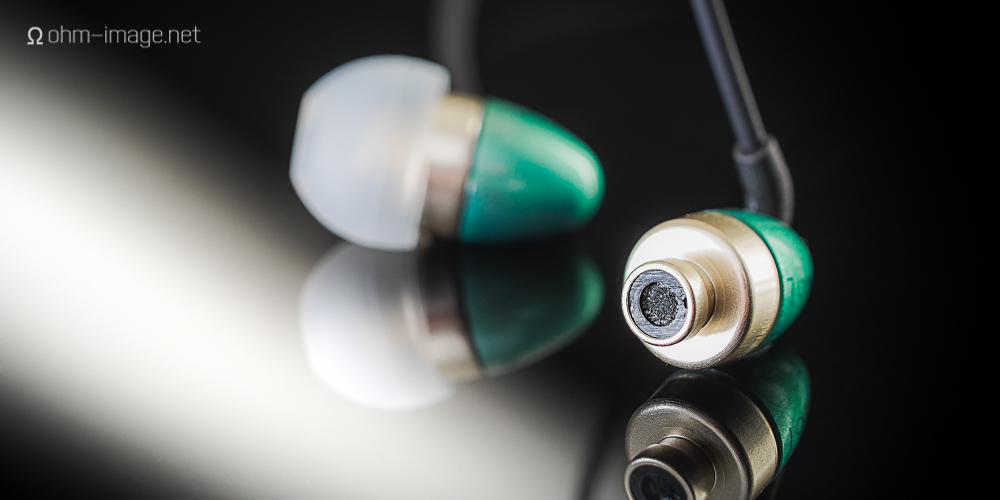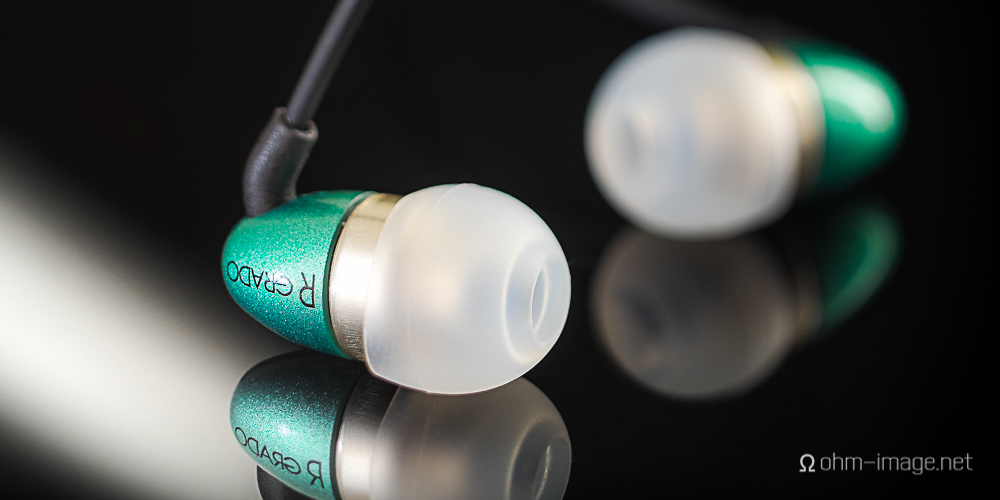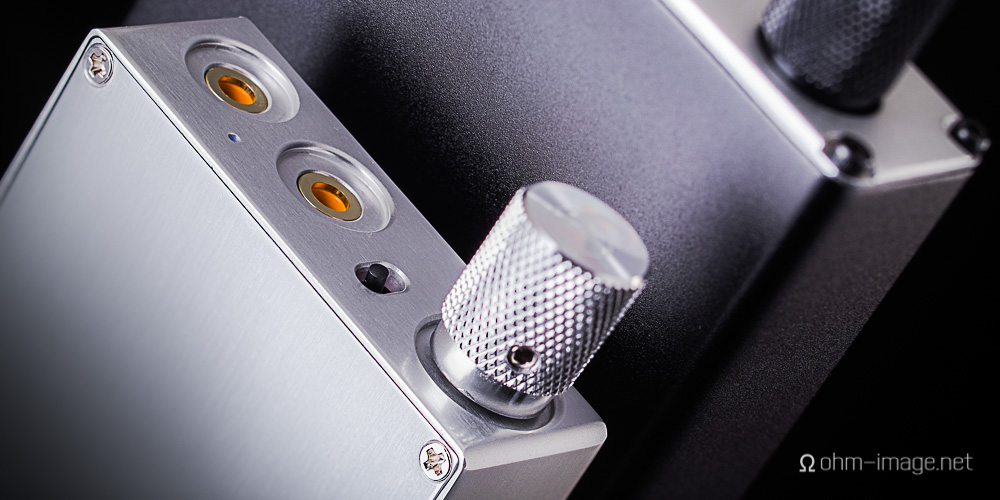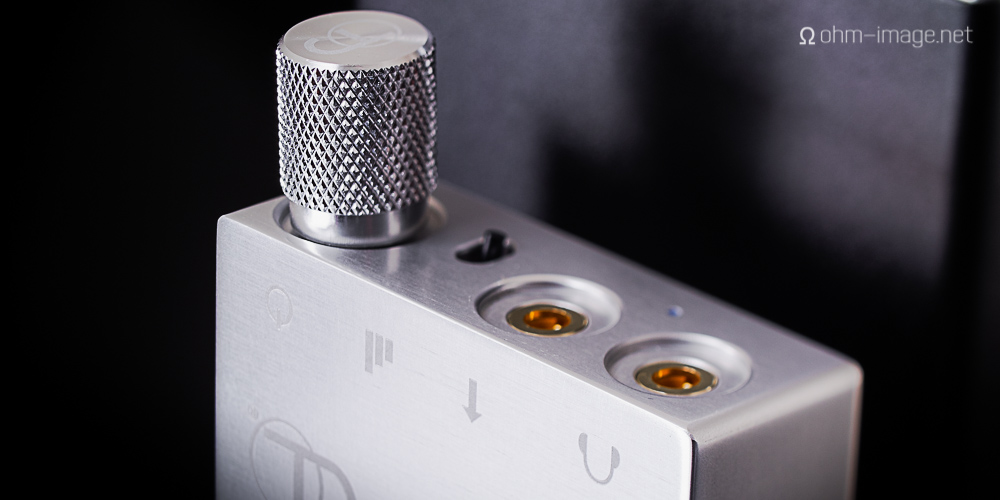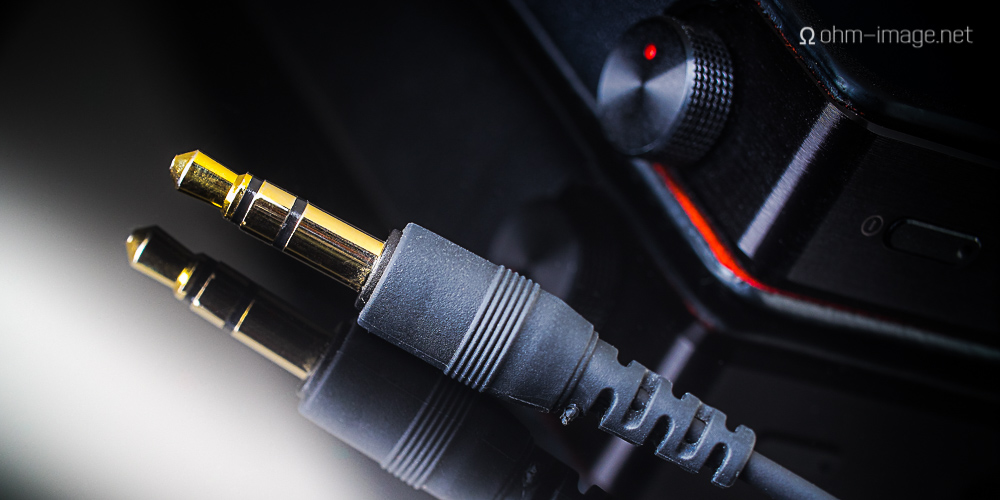The Novoflex BALPRO T/S is smaller, lighter, and easier to use than a 4x5 bellows, but retains the core functionality of a larger, technical camera. And, for macro and tabletop photography, it is more reliable than a tilt-shift lens.
An introduction
Losing the 4x5 has been a long and difficult struggle for me. My commercial work requires me to get close to, but never to exceed 1:1 magnification. Along the way, I have used macro lenses for 35mm cameras, large format wide angle lenses, enlarger lenses, and more.
My favourite lenses are enlarger lenses.
Which lenses?
Why? Simple. They’re light, they’re plastic. They're tiny.
The Funijon-EX 50/2,8 next to the large 35/1,4 XF lens. NOTE: I am aware of the distortion
You can fit five of them in the barrel of a traditional macro lens. And they’re cheap, sharp, and cover pretty large image circles to boot. The most impressive of the inexpensive enlargement lenses I have used is the regular Rodagon 80/4, which retails at B&H for 379$ USD. It keeps up with the most expensive Canon/Nikon T/S lenses in the same focal range.
It came attached to the Horseman VCC Pro, which I reviewed earlier this year. While the Rodagon lens greatly impressed me, the VCC Pro platform, did not.
Alas, I do not have that lens, and hence, most of the images in this review were taken by the Funinon-EX 90/5,6. Albeit slower, with the proper modifications, it is nearly as good as the Rodagon. Without them, it suffers intensely from flare, ghosting, and veiled contrast.
BALPRO T/S VS the VCC Pro
In comparison to the BALPRO T/S, the VCC PRO’s array of tilt/shift movements is limited. Tilt angles were poor, shift was minimal, the front standard moved only a handful of centimetres. Most movements lacked distance markings. Workmanship was so-so. Ad infinitum. Worst of all, stability was poor.
The one area where the VCC Pro trumped the BALPRO T/S was its ability to pitch the front standard forward, a movement that requires you to vertically re-mount the BALPRO T/S on a right-angle rail.
Why not tilt/shift?
Tilt-shift lenses themselves introduce minute wobble that affects focus stability in stacking photography. Even when mounted to focusing rails, most tilt/shift lenses are unable to reach 1:1 enlargements.
All images in this portion of the review were shot using a Fujifilm X-T1. Later I will showcase images captured by Sony and Nikon cameras. The final strike against tilt/shift lenses is that they are heavy. The fragile mounts/tripod base plates of certain mirrorless cameras are unable to support the weight of heavy tilt/shift lenses without incurring damage to the camera.
For that reason, I use the Novoflex ASTAT NEX system with 35mm macro and tilt/shift lenses. It is wonderful. And, I make use of WiFi remote control apps. Even when used in conjunction with ASTAT, tilt/shift lenses just don’t stand up to the utility and stability of a lightweight bellows system.
And, a pair of good tilt/shift lenses will cost more than double the VCC Pro or the BALPRO T/S plus two high-quality Rodagon lenses. Finally, they offer less movements/coverage than any decent bellows system.
The following images illustrate the amount of DOF that is achievable by the Fujinon-EX at close range. In the first image, it was pitched forward to achieve great DOF. In the second image, it was pitched back to achieve a minimum of DOF. Note: a macro lens could never achieve the same amount of DOF at f/8. And no tilt/shift lens can be pitched at the same angle. Here, the Fujinon-EX 90’s capabilities as a macro lens are well essayed.
Review: stability and stacking
This first part to the review will gauge the stability of the BALPRO T/S in both single-image photographs and in stacked photography. I will focus on the results of shooting the system rather than the process.
Equipment used:
Camera: Fujifilm X-T1
Lens: Fujinon-EX 90/5,6
Head: Sunwayfoto FB-44 ball head
Tripod: Gitzo 3-series X6 Carbon
Lighting: Profoto Pro B2, and Pro-B heads
Stability
The BALPRO T/S is more than up to the strain of a medium format back. In fact, a LEAF Credo weighs less than a Nikon D800, and the D800 hangs perfectly steady from the rear standard of the BALPRO T/S. The front standard can support, with very little flex, the weight of heavy lenses such as the Nikon 180/2,8 ED AiS. For enlargement lenses, it is rock solid. Ditto technical-camera LF lenses.
Its integrated focusing wheels are smoother and more accurate than the helicoids of macro lenses. And, adjusting tilt, then focus on the front standard is far more stable than adjusting a tilt/shift lens. Not once have I netted a negative focus result.
Below are some tilted, single-image results I took for headfonia.com portable audiophile reviews.
Stacking
While I use stacking in most of my commercial photography, I don’t usually bother for reviews. It is too time-consuming. But this section would be pointless without illustrative examples.
Fujinon-EX 50/2,8 stack
And here it is in 100%:
Fujinon-EX 50/2,8 stack at 100% magnification
Above is the un-processed output of a Helicon Focus stack. It shows an inexpensive Fujinon-EX 50/2,8 enlarger lens. The stack is composed of just nine images. Helicon did an excellent job of piecing everything together. Artefacts are few, and easily correctable. The lens, however, is a beater.
Because the BALPRO T/S’s front and rear standards can be separated by around 18cm, there is more than enough space to correctly target every necessary frame of a full front-back macro composite.
The distance scale resides on the right-hand side of the rail, and is clearly marked, but only perfectly visible from above. The left side is toothed. Despite being geared on only one side, lateral stability is flawless. As I most work from the left-hand-side of the camera, I would prefer markings there, too. Laser-engraved, paint-filled distance markings would be most welcome.
The front standard bears a rotatable gear; the rear standard moves, but must be nudged forward by hand. As a consequence, only front standard-focusing is reliable for stacking. Of course, the entire BALPRO T/S can be mounted on a separate focusing rail for simultaneous front-rear focusing. Even when not, the front standard moves smoothly, and accurately for macro photography up to than 1:1 reproductions.
Moving focusing steps by 1/3 to 1/2 of a millimetre is repeatable, and haptically ergonomic. Shorter distances require some guessing. I found that stacking results were very good, even for minute subjects like Grado’s beautiful GR10 earphone.
Grado GR10 earphone
Here it is magnified 100%
Grado GR10 at 100% magnification
Only the Left (foreground) earphone was stacked. I used a total of 12 photos for this image. Again, more is always better. Still, Helicon found no problems, and BALPRO T/S provided a perfectly stable platform for the 90/5,6 Fujinon-EX to strut its stuff. The only artefacts present in this image are around the extremes of the earpiece, and due to my negligence, not instability of the platform.
Both the passive radiator and entire rear edge of the Fostex HP-V1 (reviewed here) are affected by shutter shock.
The above crop shows the tedious stability errors forced by the VCC Pro platform. Instability is the main reason I cannot recommend it for still life use.
What could be improved?
Gearing the main rail itself for use with a toothed focus wheel much like what is used by 4x5 cameras would be the biggest way Novoflex could improve the BALPRO T/S. It would enable more accurate macro composites. Labelling should be laser engraved, and run along the sides rather than just the top of the rail. And every marker should be more visible.
Those suggestions aside, BALPRO T/S is about as good a compact T/S adapter as I have used, and is a joy to use.
Conclusion to Part 1: stability and stacking
I have until September to evaluate the BALPRO T/S. More than a week ago I began counting my yennies. While not perfectly suitable for minute stacking, it fits the more general needs of earphone/headphone photography perfectly. So perfectly in fact that I will be selling my tilt/shift setup, and am even thinking of parting with my 4x5 camera. Novoflex have paid assiduous attention to detail to every part of the system. Using the BALPRO T/S a joy. And, it is 100% reliable. In particular, the front standard focusing gears are wonderfully smooth. They never pitch forward or backward between grooves. The metal machining is flawless, and all parts are modular.
In the next instalment of this ongoing review, I will look at adapter rise/fall, shift; and in more detail, tilt functionality. In the following weeks, I will detail its modularity, its build quality, its use in infinity focus, and so on.
Finally, I have appended a few other single-exposure images taken with the BALPRO T/S camera, an X-T1, and the same 90mm Fujinon lens.
NOTE: click the images below to advance to the next frame.








